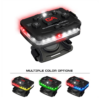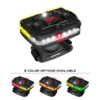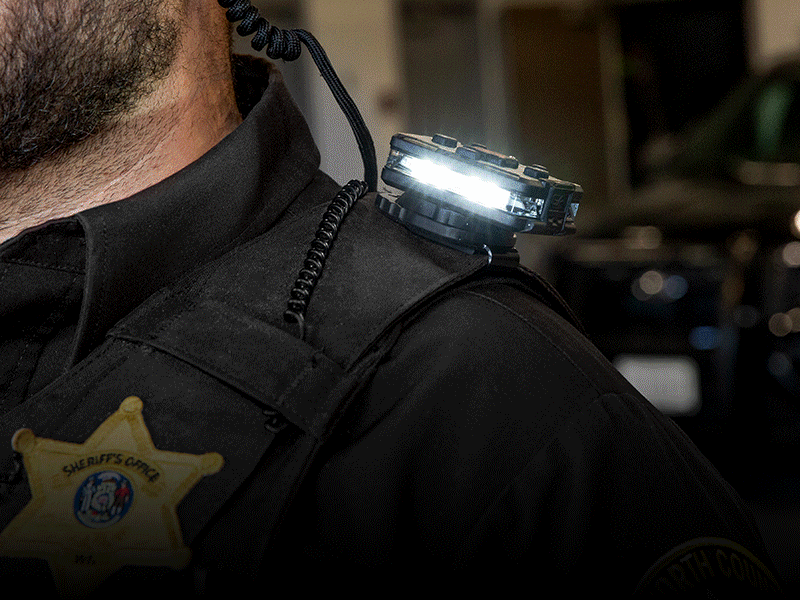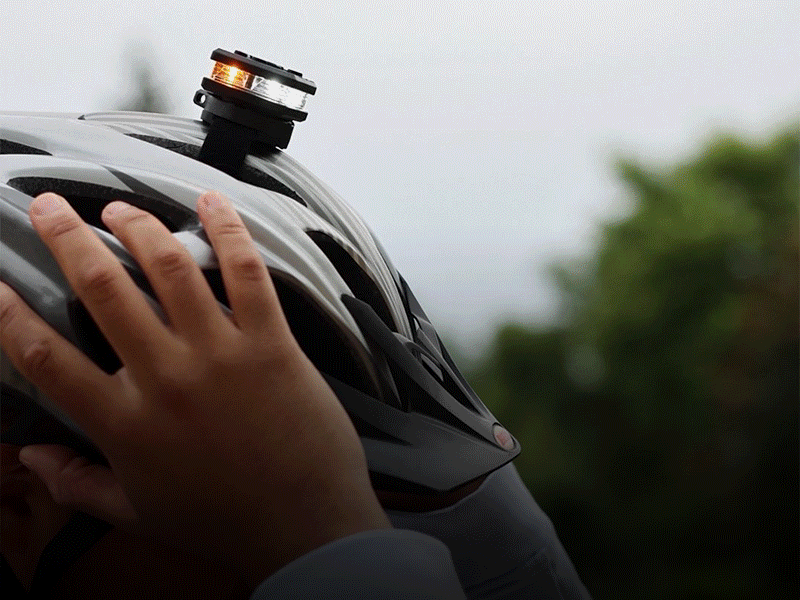Minnesota Emergency Vehicle Light State Statutes
Minnesota Emergency Vehicle Light State Statutes
Minnesota has specific laws regulating emergency vehicle lighting such as: what constitutes an emergency vehicle, the type in lights that should be displayed by an emergency vehicle and where those lights must be on the vehicle. Similar regulations also apply to first responders on volunteer vehicles. The article will clarify any emergency vehicle, and how statues of Minnesota control the appearance of emergency lights.
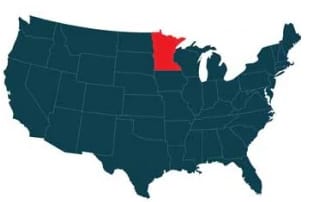
What constitutes a Minnesota Emergency Vehicle?
According to Minnesota statute 169.011 Minnesota defines emergency vehicles as:
Law enforcement -vehicles owned publicly or privately to handle police work under a local authority agreement.
Fire Department -vehicles approved by fire department and in use.
EMS (Emergency Medical Services) – vehicles performing ambulance services on land whether the vehicle is publicly or privately owned with a municipality or public corporation. The chief of police for that municipality must approve the vehicles.
Volunteer Rescue Teams -vehicles approved by Law 1959, Chapter 53 that are used in an emergency to preserve life or property
Law enforcement and police lights
Minnesota law mandates that law enforcement vehicles sound a siren in statute 169.67 and display at least one red light at the front of the vehicle while in use. Additionally, flashing blue lights in the back of the vehicle may be used by law enforcement vehicles and/or mounted on the passenger side as ordered by Minnesota statute 169.64 subd. 4(1)(b). Under normal night conditions according to 169.59, other drivers must see the flashing police lights from no less than 500 feet away. There are unmarked patrol cars without a police decal on the vehicle, it must be noted in Minnesota. These cars are authorized by the Public Safety Commissioner, and are primarily used by district investigators, criminal units, administrative supervisors, and State Capitol Troopers. These vehicles must be properly lighted (red light in front and blue light in the back and/or on passenger side) and have a siren because they can make arrests and respond to emergencies as well.
Fire Truck Lights
Fire Department vehicles fall under Minnesota statute 169.011 and must use a front-facing siren and red flashing lights as per 169.59. It should be at the same height for the front flashing lights. One to two strobe or rotating beacon lights can be used both at the vehicle’s front and rear. The lights of the fire truck may be red, colored with amber, or a shade in between. Under normal night conditions these warning lights have to be seen from 500 feet away at night. Volunteer firefighters must apply for a permit from the Commissioner of Public Safety and equip their vehicles with a non-flashing, three-inch red lamp that can only be lighted when responding to an emergency.
EMS (Emergency Medical Services)
Under the same guidelines as Minnesota police cars and fire trucks, ambulances may use red flashing lights. Under the 169.59 statute, these vehicles must use front flashing lights that are evenly separated together with one or two strobe lights attached to the vehicle’s rear. The lights may be red, colored with amber, or a shade in between. Other drivers from 500 feet away have to see these warning lights at night. Ambulances also have to have a siren to alert other drivers. Certified volunteer ambulance drivers can get a permit from the Public Safety Commissioner and use their privately owned vehicles once approved. Their vehicles must have a red front lamp which must follow the specifications ordered by the Commissioner under Minnesota statute 169.58 subd. 3.
Tow Truck Lights
Tow Trucks fall under the emergency vehicle category in Minnesota and carry the same weight under the law as an ambulance or fire truck. A tow truck must have flashing red and amber lights attached to the truck’s highest point, so that it can be seen from 500 feet. When the tow truck is engaged in emergency services as per statute 168B.16
Construction Vehicle Lights
According to Minnesota law, any construction vehicle performing work-related services around passing traffic must have proper lighting. Like tow trucks, construction vehicles must have flashing lights mounted on the vehicle so that there is always a warning light to be seen. This light must be seen from a height of 3.5 feet and from a 60-foot radius so that the construction equipment is highly visible in the work zone. These lights should be flashing when the construction equipment is in use whether it is day or night.
Utility Vehicle Lights
Utility vehicles and equipment are similar to construction vehicles in Minnesota, however utility equipment may choose to use flashing amber lights on their trucks and vehicles. Service vehicle types under statute 169.64 include: farm tractors, self-propelled farm equipment, rural mail carrier vehicles, and home funeral vehicles. Snow plows in Minnesota may also use a blue flashing light under statute 169.64 subd.4
Pilot Vehicle Lights
Minnesota statute 299d.085 states that a pilot or escort vehicle must use one flashing yellow or amber light and be fastened to the top of the vehicle so that it can be easily seen 360 degrees in the traffic around. The bulbs may flash or oscillate, or may be a variety of strobe beacons.
Security Vehicle Lights
Minnesota requires such vehicles to have yellow flashing lights under law 169.50 WARNING LIGHTS for safety guard vehicles. Such vehicles may use blinking white, yellow, or red lights as a warning to other drivers. The front or rear of the vehicle can be used with one or two strobe lights or beacons.
If you’re a first responder and require a special permit to use a flashing red light on your car, you can find an application here. You can call the Minnesota State Highway Patrol Office at (651) 201-7100 if you have any further questions about which flashing lights you can use in Minnesota.
For more details on what lights are available to you, we suggest calling your State Highway Patrol office at: 651-201-7100
* Please note that these numbers are what we can currently find, and the numbers may have changed since this page.
